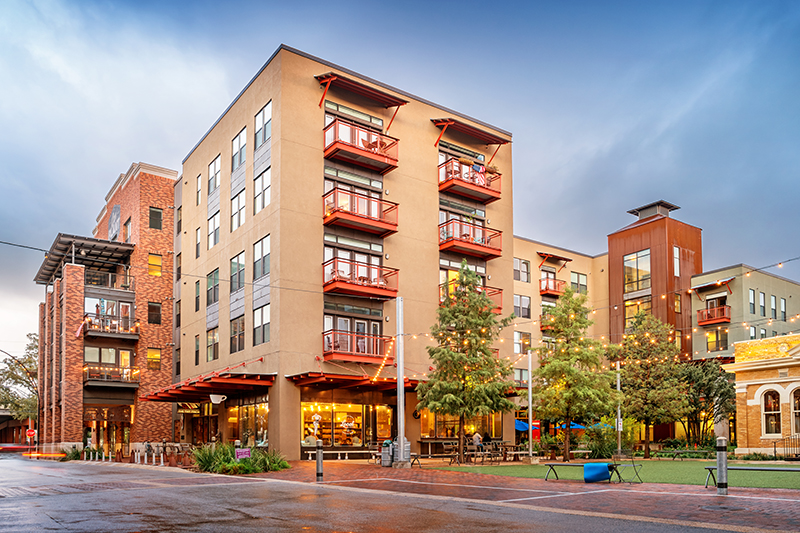Small Multifamily Becoming Largest Rental Asset Class in the U.S.

- Small multifamily is gaining ground toward becoming America’s largest rental asset class.
- While new rental supply has shifted toward large apartment assets, small multifamily inventory still outnumbers large multifamily.
- Small multifamily units outnumbered large multifamily by more than 2-to-1 through 2018.
Small Multifamily Growing Due to its Affordability
An attractive combination of affordability, location flexibility and larger units are giving the small multifamily property class broad appeal. As housing affordability remains a pressing concern nationwide, small multifamily plays a significant role in providing a more reasonably priced housing option. As a result, the asset class’s market share is expanding across all U.S. rental inventory.
According to the latest U.S. Census Bureau American Community Survey data, apartments in small multifamily properties accounted for around 33% of the overall U.S. rental base. Single-family rentals (SFRs) are currently the largest asset class, with a 35% share.
Source: Chandan Economics; American Community Survey, 2018
Including large properties (14% of rental inventory), multifamily made up almost half of all occupied rental units in the U.S. by year-end 2018. The balance is made up of townhome rentals (two- to four-unit properties), which account for another 18% of the U.S. rental stock.
Multifamily Share of U.S. Rental Inventory Rising
Due to strong net urban in-migration through the bulk of this cycle, new multifamily construction supply has been primarily large, downtown-located apartment buildings. While the frenzied pace of new construction has eased, the market continues to absorb new supply.
Naturally, deliveries of new large apartment properties are affecting the distribution of the U.S. rental stock. Large buildings expanded their unit share by 100 basis points (bps) from 2014 to 2016, and 90 bps from 2016 to 2018.
Across rental property types, large multifamily was the only segment to see share increases over both two-year periods.
Meanwhile, small multifamily has held its own. Small multifamily properties expanded their share by 60 bps between 2016 and 2018. Despite a marginal shift toward larger properties, small multifamily’s total inventory still outnumbers large multifamily. As of the year-end 2018, there were nearly 2.4 small multifamily units for every one large multifamily unit.
During the same period, the SFR segment’s share of U.S. rentals fell by 130 bps. This is partly due to a slight 100 bps rise in the homeownership rate. However, new SFR construction is an emerging market feature that will likely affect the distribution of rentals in the years to come.
For more multifamily trends and research, visit our Chatter Blog.
Note: All data is sourced from the 2018 American Community Survey (ACS), unless otherwise stated. ACS statistics are sample-based estimates of the compositional profile of the total population in the given year of data collection, and include a margin of error.

